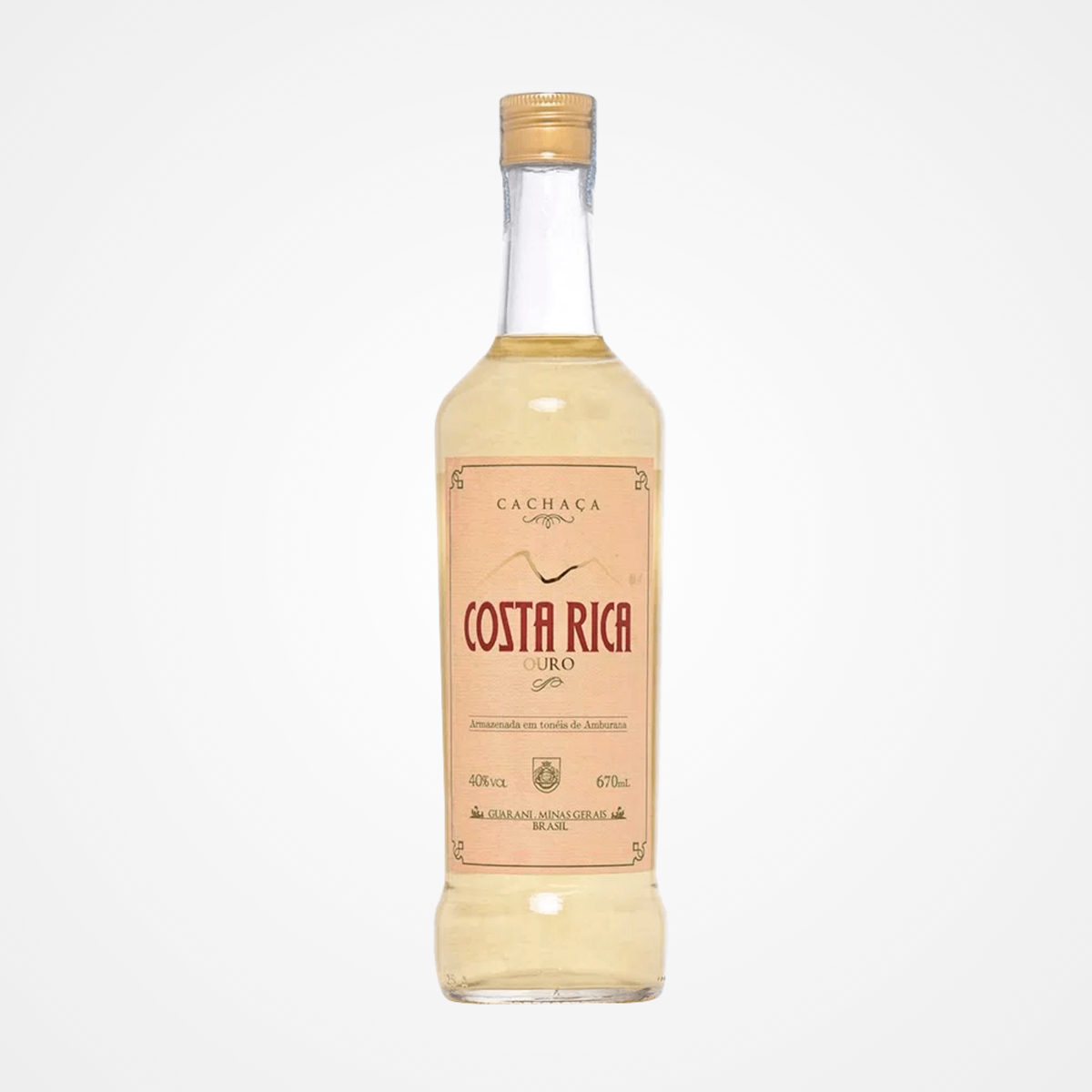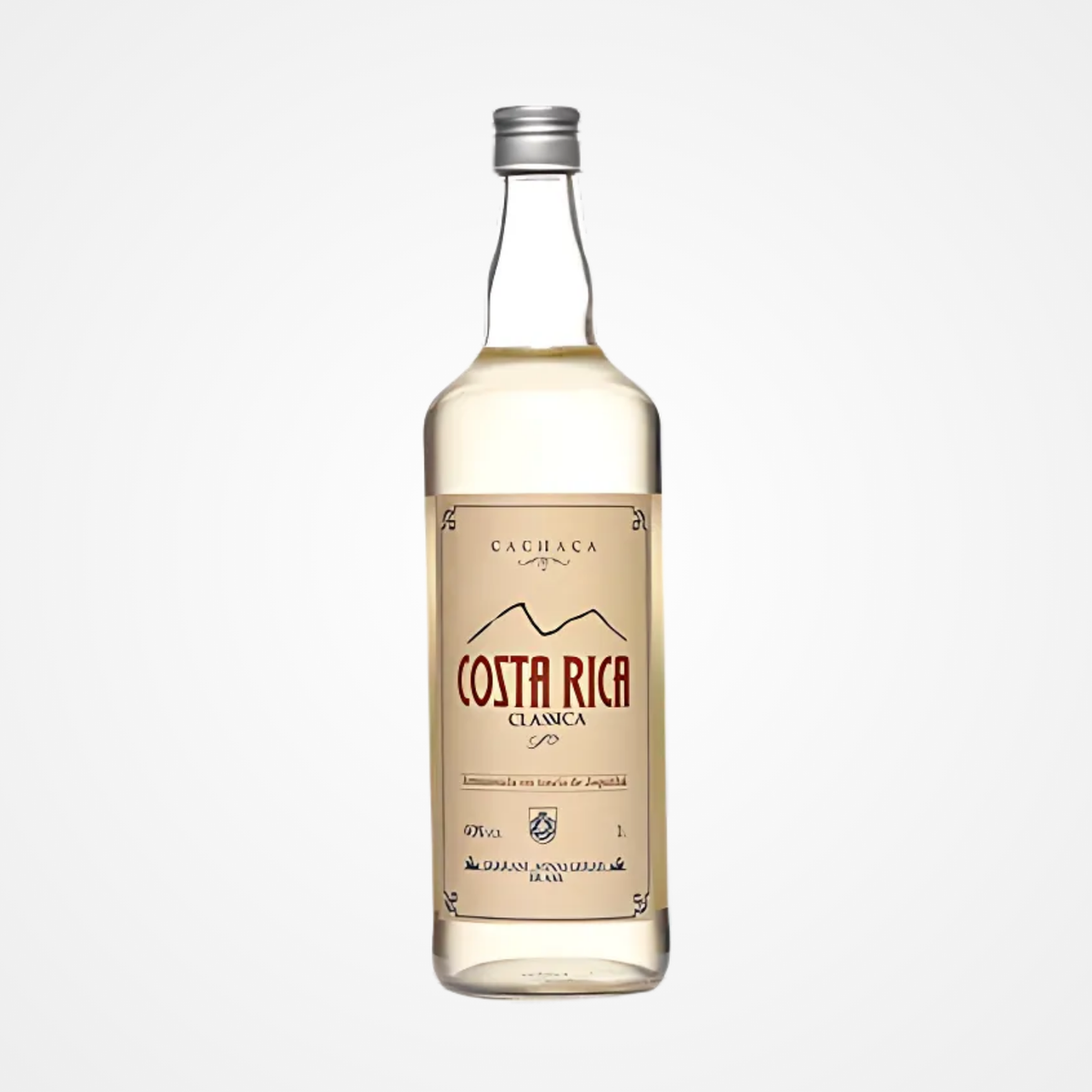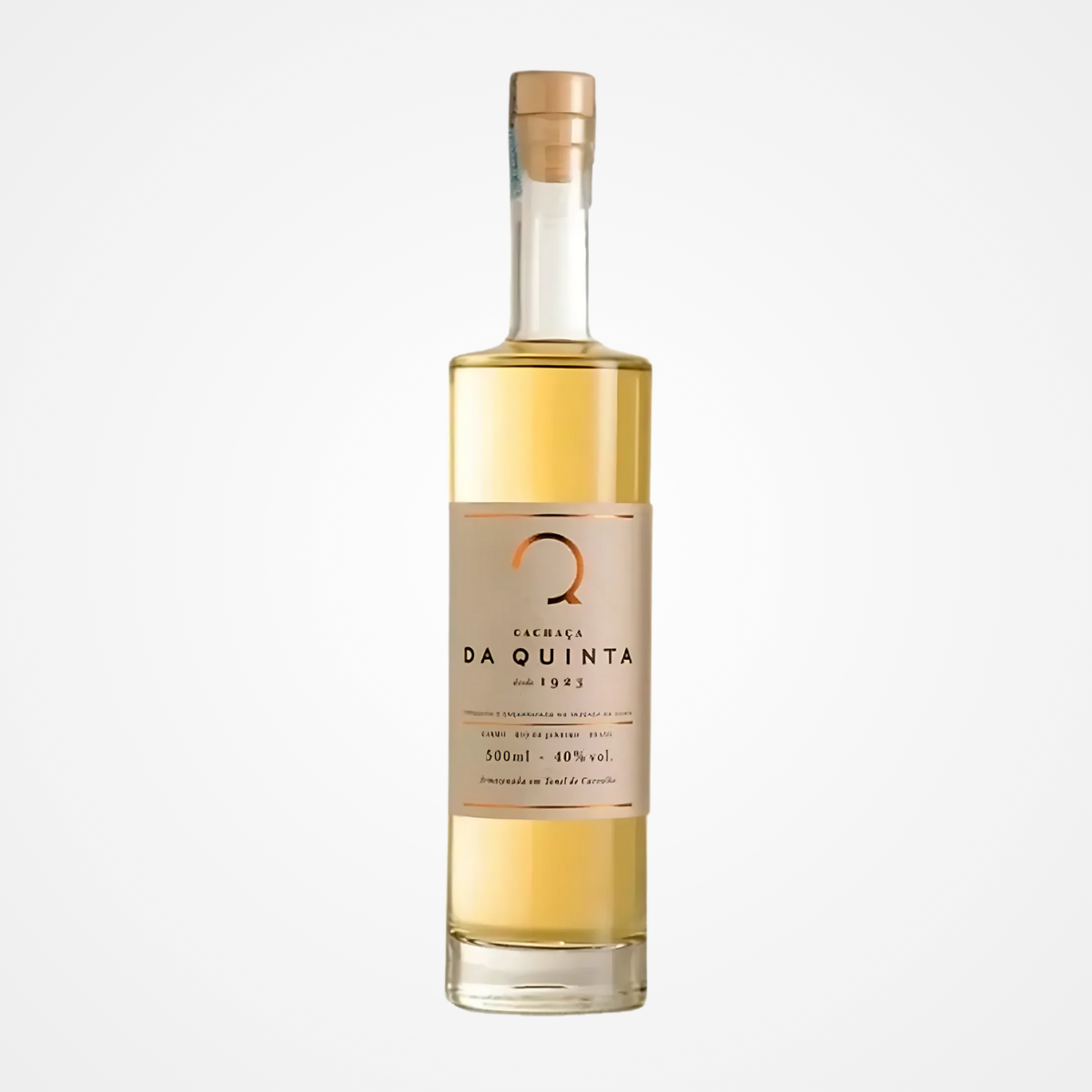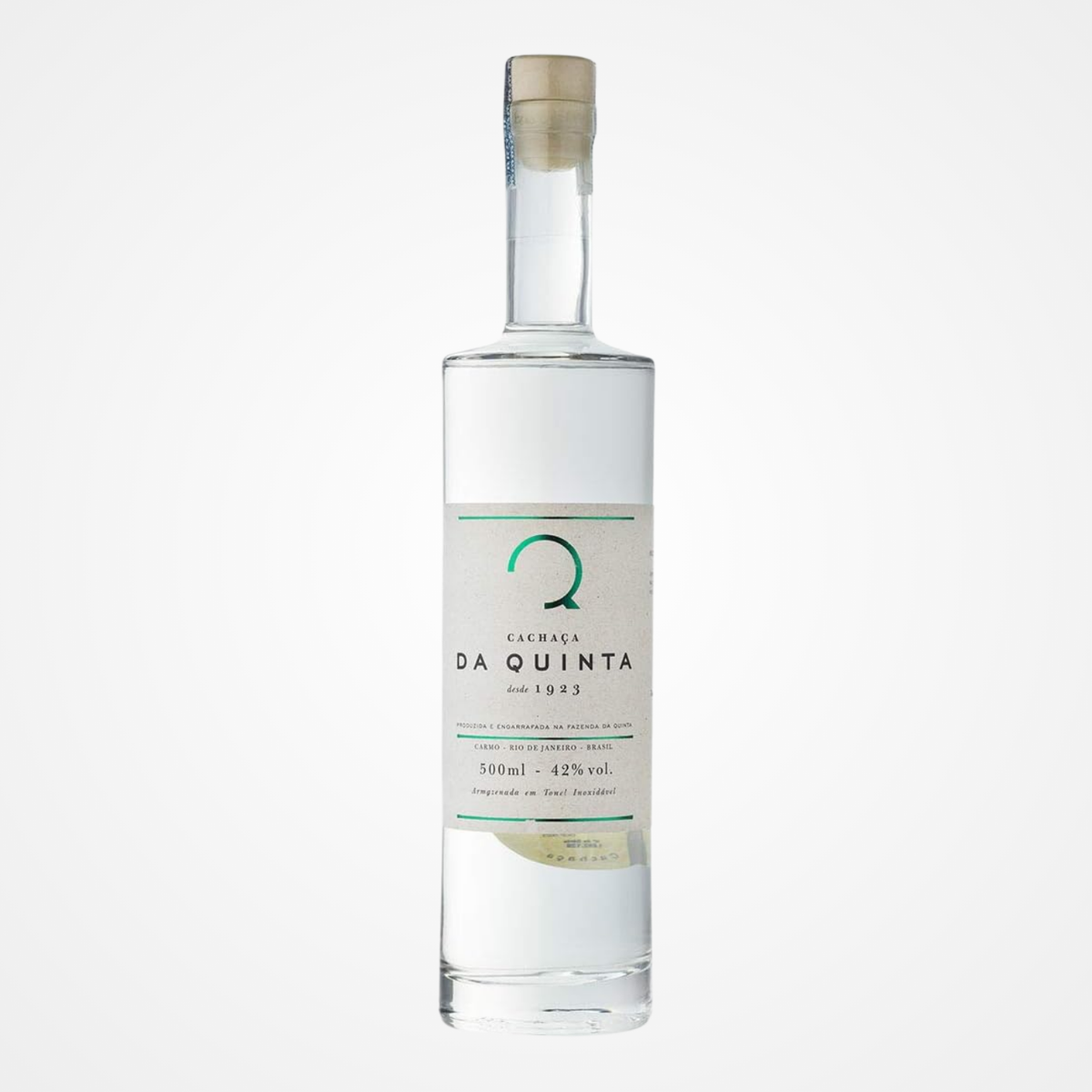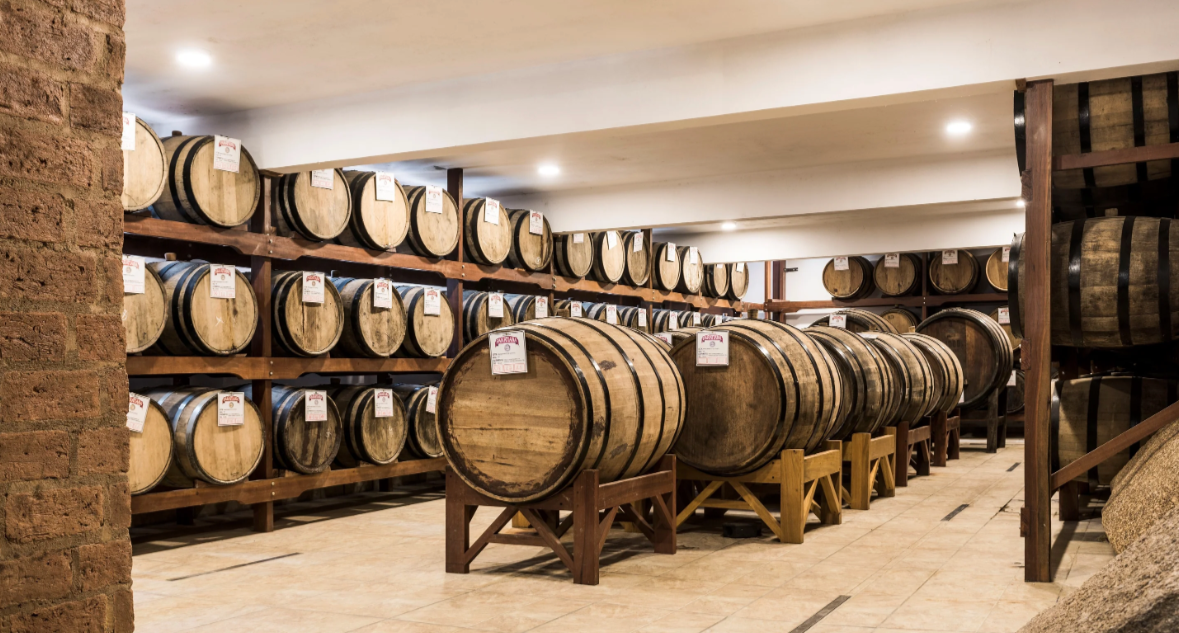Like rum, derived from sugarcane cultivation, cachaça, the quintessential Brazilian spirit, is a product similar to agricultural rum, although it conveys a rather distinct culture. Unlike molasses rum, it is made from freshly pressed sugarcane juice and has an alcohol content of between 38 and 48%, usually 40%.
It is the number of sugarcane varieties (over 150) and Brazil's extraordinary wealth of wood species suitable for aging—jequitibá, amburana, amendoim, ipê, and freijó, among others—that explain its wide range of colors and aromas, even though the predominant product in France is industrial cachaça, bottled directly after distillation, transparent, and with a fairly neutral taste.
Where is it produced?
Inextricably linked to the caipirinha, one of the world's leading cocktails, cachaça can only be produced in Brazil and comes from four geographical regions: São Paulo, Rio de Janeiro, Minas Gerais, and the Northeast (Bahia, Pernambuco, and Ceará). The Northeast produces industrial cachaça known as "de coluna" (because of the distillation columns), while the best artisanal cachaças, made in copper stills, as they were in the 16th century, come mainly from the states of Rio de Janeiro and Minas Gerais, a state larger than metropolitan France located north of Rio de Janeiro. Each year, 1.3 billion liters are produced, or 6 liters per capita. In fact, cachaça is the most consumed alcohol in the country, after beer.
In bars around the world, another cachaça-based cocktail, the Rabo de Galo, similar to the Negroni, is beginning to make waves.
Cachaça has been produced in Brazil since the 16th century. At the time, it was produced by slaves, but it wasn't yet called cachaça or rum, but rather "garapa."
To obtain it, they pressed sugarcane in presses to collect the juice. They then boiled it to prevent the proliferation of bacteria naturally present in sugarcane. This is how they obtained garapa.
Later, the Portuguese borrowed part of this principle to obtain a stronger alcohol. The difference was that once they collected the juice, they didn't boil it, but used it as is. At first, they simply fermented the fresh sugarcane juice to obtain a mild alcohol of barely 5%. Then they came up with the idea of distilling it after fermentation, which allowed them to obtain a stronger alcohol of 40%. It is the latter that is bottled today and called "cachaça."
In its early decades, cachaça was considered a low-end spirit, a popular rum reserved for the middle and lower classes of society. In recent years, it has become a highly respected drink used in many cocktails, including the famous caipirinha. Although the latter sometimes tends to steal the show, cachaça is the Brazilian spirit of connoisseurs.
